I wasn't quite sure of which type of star plot to post for this map. I know that a star plot for a map of the skys above can be very useful to navigators
This is a star plot graph, mapping the differences between major metroplotian cities, in this case I believe that the different points repersent birth rates of different precentages of population class. I recently saw this type map used in a magizine to show the different types of transportation and the amounts of use the get. Also it showed the travel times used by each mode to get from outside of the metro area to the downtown area.
http://www.datavis.ca/milestones/index.php?group=1950%2B



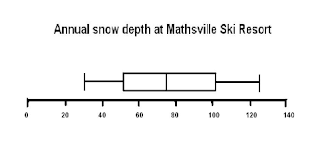
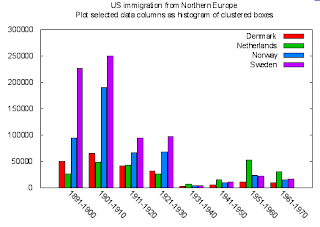





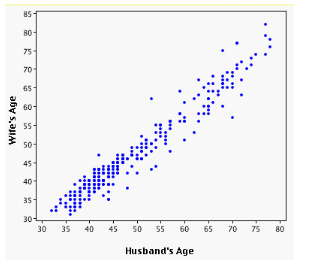



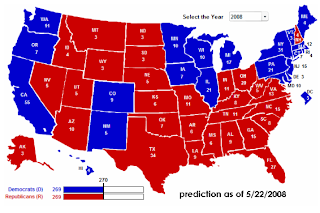

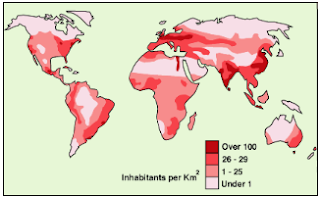








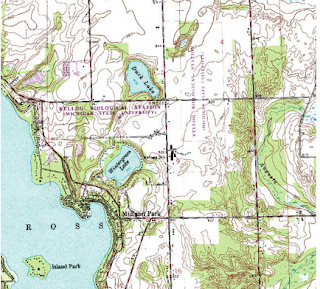
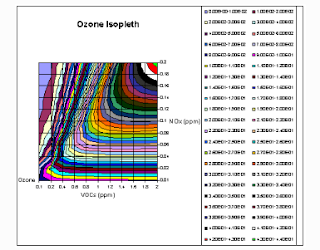


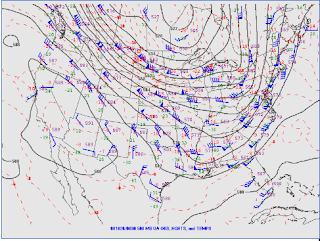











![[range+nicole.jpg]](https://blogger.googleusercontent.com/img/b/R29vZ2xl/AVvXsEjRwMcQ1cHR8zRjvtIq3jxDrhIMlBT4uPh8jIcEUWhqh4njs_2ZugEv44dl-BiaLoUy0XKOt7Cpo1Cf3wYmg6D1ZU39welGTG9xPTWVHxEUE36m-SrNk7iXEPxmmJtzHiqFnFvxAXMLuf-0/s400/range+nicole.jpg)

![[Hypsometric+map.jpg]](https://blogger.googleusercontent.com/img/b/R29vZ2xl/AVvXsEhmyDjvgbRpJZhaWJR3vcvNDslpL8rNMZvtE69DPL69AxpG2EybmDxeGjvSfAYx4iRm62xObwh7VFHEkuwldsTZDlFX8v9ckp-DFiUOef78YvHM-d1LcIixAYH8vu9vovf_hSfVnl_yIYt4/s1600/Hypsometric+map.jpg)